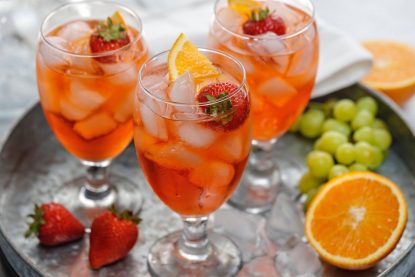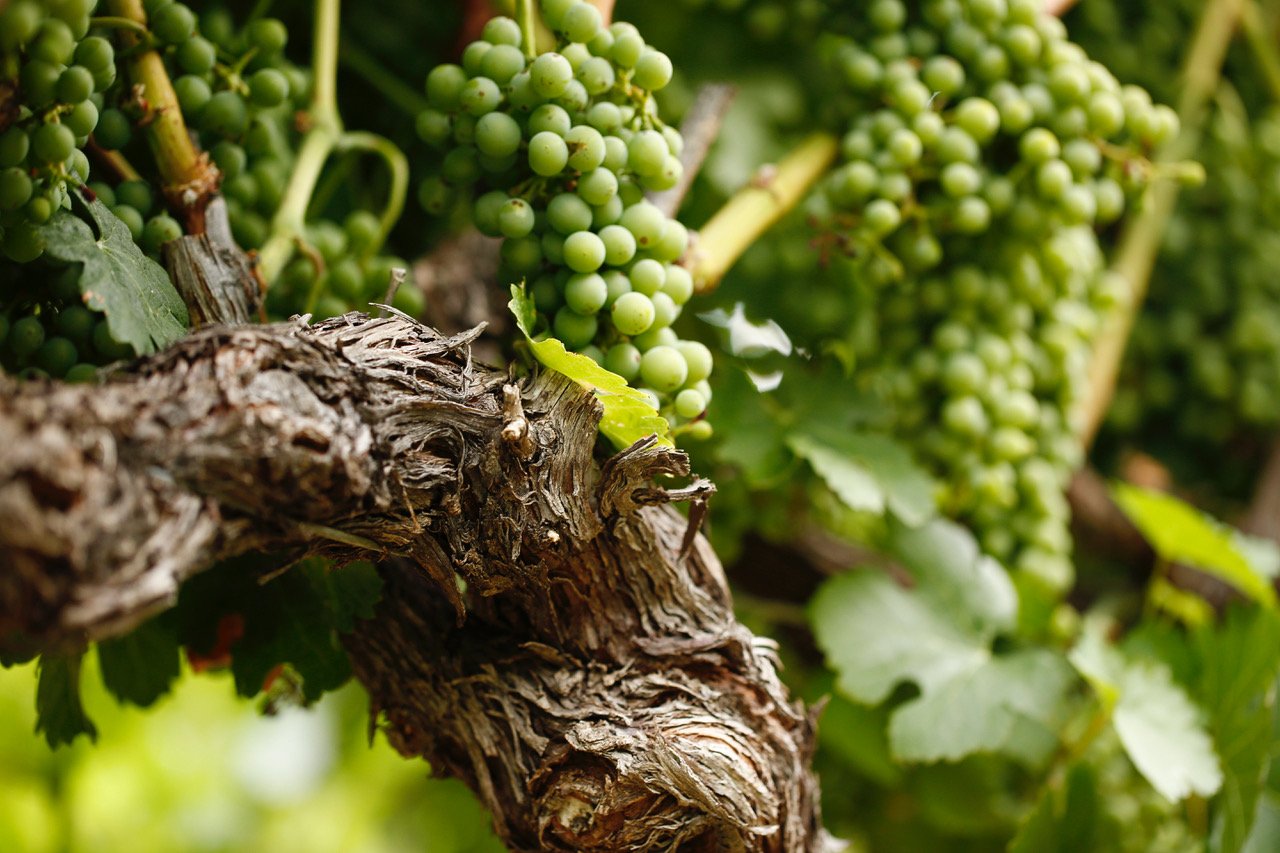With more than 300 references to wine, vineyards and winemaking, Scripture underscores the significance of the grape in biblical places and times. Wine is an omnipresent food that became spiritual nourishment for both Jews and Christians.
Grapevines make their initial appearance in Scripture with Noah, who leaves his ark after the Great Flood and “was the first to plant a vineyard” (Gn 9:20).
In that passage, like many that mention of vines, vineyards and wine, the reference is symbolic. Wine represents blood, vines propagation and vineyards the people of God. In another Old Testament verse, the example of making wine is used to express anger and judgment:
“The wine press I have trodden alone, and from the peoples no one was with me. I trod them in my anger, and trampled them down in my wrath; Their blood spurted on my garments, all my apparel I stained” (Is 63:3).
[hotblock]
In the New Testament, wine comes to the forefront as life-giving and a sign of salvation. It is the “new wine.” A beloved Bible story, the wedding at Cana, is a fine example and a prelude to Christ’s ministry and his ultimate sacrifice for the salvation of people.
When the wine falls short at the celebration, Mary asks Jesus to do something about it, and he quietly turns jugs of water into wine. It becomes the best of the wine served at the feast: “You have kept the good wine until now” (Jn 2:10).
The Catechism of the Catholic Church says this sign manifests the “fulfillment of the wedding feast in the Father’s kingdom, where the faithful will drink the new wine that has become the blood of Christ” (No. 1335).
Wine is made by pressing juice from ripe grapes and allowing natural yeasts to ferment, turning the sugars into alcohol. Archeological evidence shows that humans have been making wine for 8,000 years. The Egyptians spread the craft throughout the Mediterranean and the Romans throughout Europe.
Although some grapes are native to North America, Europeans found them inferior for making wine, so settlers and missionaries brought and cultivated European varieties. St. Junipero Serra, who established California’s mission system, is recognized for setting firm roots for the state’s renowned winemaking.
Grapevines enjoy long warm summers and cool, humid winters and therefore thrive in the Mediterranean region. Italy, France and Spain have long been top producers of wine for that reason.
Because wine is an essential element in the eucharistic celebration, some monasteries became major wine producers in the Middle Ages. Monks worked diligently to improve viticulture and winemaking.
The name of Dom Pierre Perignon, a 17th-century French Benedictine who made great strides in perfecting winemaking in the Champagne region, still graces the bottles of select vintage champagne.

This white wine and Aperol spritz is a refreshing summertime drink. In biblical times people would add wine to their well or cistern water to make it taste better. (CNS photo/Nancy Wiechec)
The mixing of water with wine was typical in the biblical era because wine often improved the taste of stale water from a well or cistern. The following wine spritz recipe brings together water and wine with a herbaceous orange liqueur. Garnished with citrus and berries, it’s a perfect summer refresher.
It’s good to remember that as much as the Bible celebrates wine, it also warns to drink in moderation. “Do not get drunk on wine, in which lies debauchery, but be filled with the Spirit” (Eph 5:18).
WHITE WINE AND APEROL SPRITZ
Ingredients
2 ounces Aperol Italian liqueur
3 ounces Sauvignon Blanc or another dry white wine
2 ounces sparkling water
Orange slice and fresh strawberry for garnish
Instruction
Fill a tall glass with ice and pour over the liqueur, wine and sparkling water. Mix and then garnish with an orange slice and strawberry.




Share this story